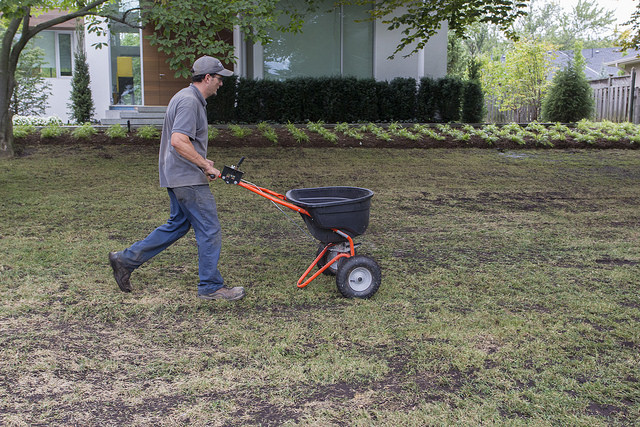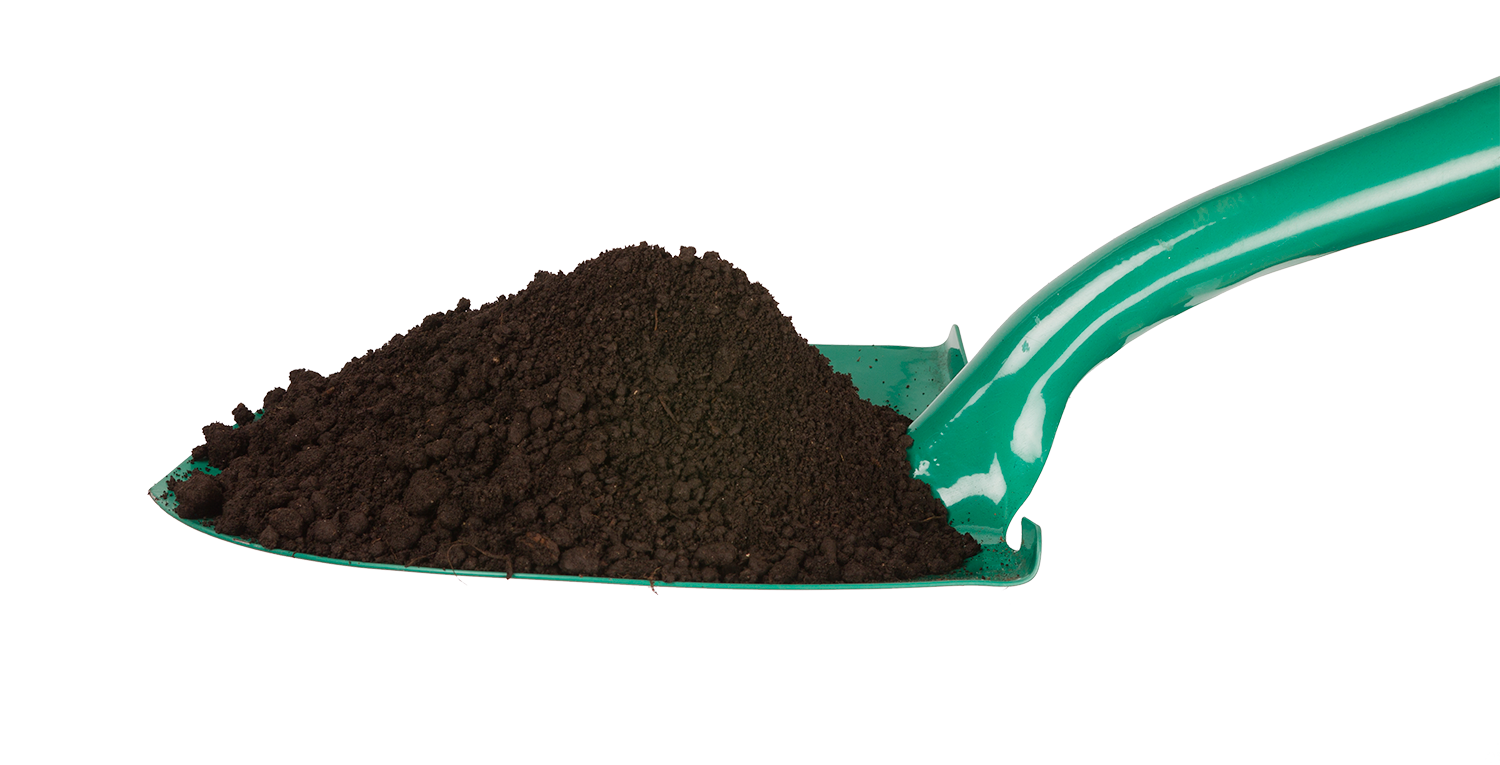Everything You Need to Know About Fertilizer
Fertilizer is a word that is thrown around the lawn and gardening community a lot, but not a lot of people understand much about it! The consensus seems to be that plants need fertilizer to grow, however why is that? What exactly is fertilizer? And what is the best way to use it?
What is Fertilizer?
Fertilizer is defined by Google as: a chemical or natural substance added to soil or land to increase it’s fertility.
Fertilizer Nutrients
The main fertilizer nutrients are nitrogen, phosphorous, and potassium. Most fertilizers are categorized by the ratio of these three nutrients. The numbers associated with the fertilizer (i.e. 16-16-16) are the N-P-K ratios, or nitrogen, phosphorous and potassium ratios by percentage. Different ratios of these nutrients make the fertilizer better for different applications.
These nutrients have many different effects on plant growth, but the main role of Nitrogen is to promote leaf growth of plants. It is an essential element in chlorophyll which is the chemical in plants that allows them to transform the sun’s energy into energy that is useable by the plant. Phosphorous is mainly responsible for regulating the formation of proteins in plants. The overall role of phosphorous is to accelerate the growth of roots, fruits, stems, and flowers. Potassium is necessary for allowing plants to process the nutrients that they get from the soil, regulating the amount of CO2 the plant absorbs, and regulating the absorption of water.
Depending on the application, different ratios of these three nutrients will be advantageous. Using grass fertilizers as an example, 10-25-10 is a good starter fertilizer used in new growth applications since it encourages root growth. On the other hand, 30-5-10 has a high nitrogen content and is used on more established lawns when encouraging greener leaves and more top growth.
Some other fertilizer nutrients include calcium, magnesium and sulfur. Calcium again has many different effects on the plant, but its main role is to improve the structural integrity. It is used in strengthening the cell wall which is what provides a lot of the structure to plants. Magnesium, like nitrogen is also an essential element in chlorophyll and is largely responsible for proper photosynthesis (transforming the sun’s energy into useable plant energy). Sulfur is mainly used by the plants for building amino acids, which are the building blocks of proteins. Sulfur is also largely used, just like nitrogen and magnesium, for making chlorophyll.
Natural Fertilizers
The fertilizer nutrients are found in many common garden products such as compost, and manure. These substances are loaded with many nutrients, however the ratios of these nutrients is often times not exact, which can be sometimes detrimental if you need a fertilizer for a very specific application. These natural fertilizers however are great for your soil, and are essential parts of a healthy lawn or garden.
Man-Made Fertilizers and Time Release Technology
Man-made fertilizers are composed of very specific ratios of fertilizer nutrients. These fertilizers are also designed to have even distribution of these nutrients all around the area of application.
High quality man-made fertilizers will often times have a certain time designated to release their nutrients. If certain nutrients, especially nitrogen, are released too quickly then plants can be damaged. Having a slow release fertilizer is also better because from one application, your plants can be provided with nutrients for many weeks without the need for another application.
Fertilizer is very important to the success of any garden or lawn. Having a good understanding of the role that fertilizer plays can make or break a gardening season! Hopefully this info will have made your growing season better!



